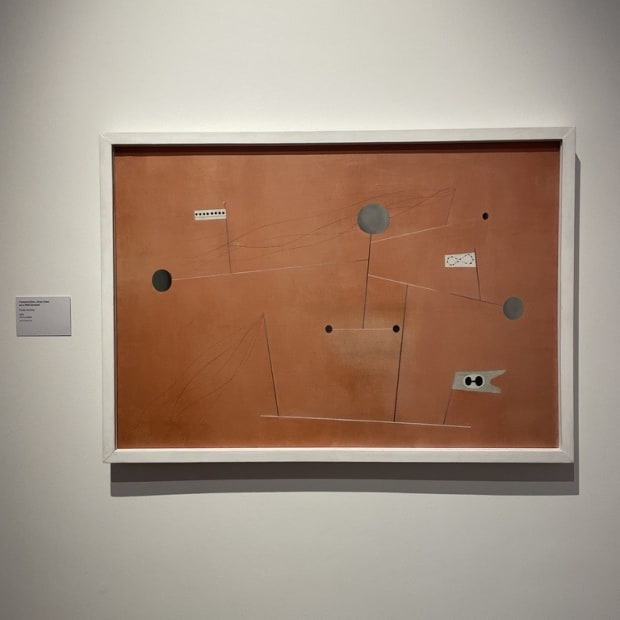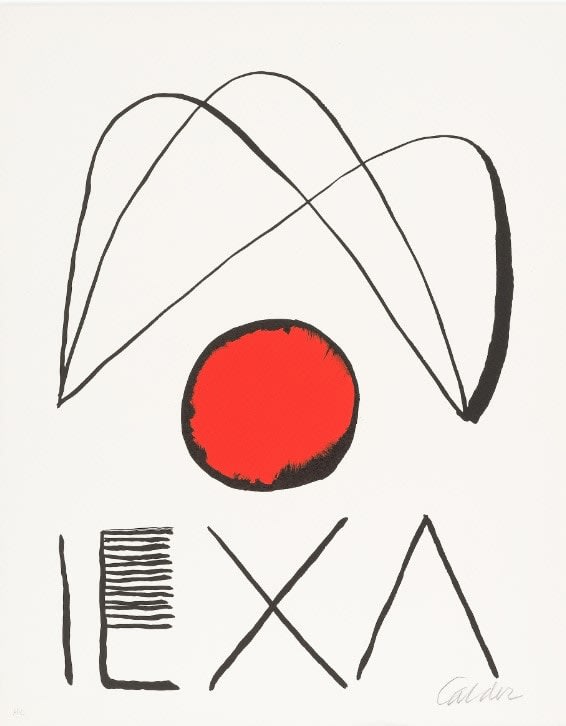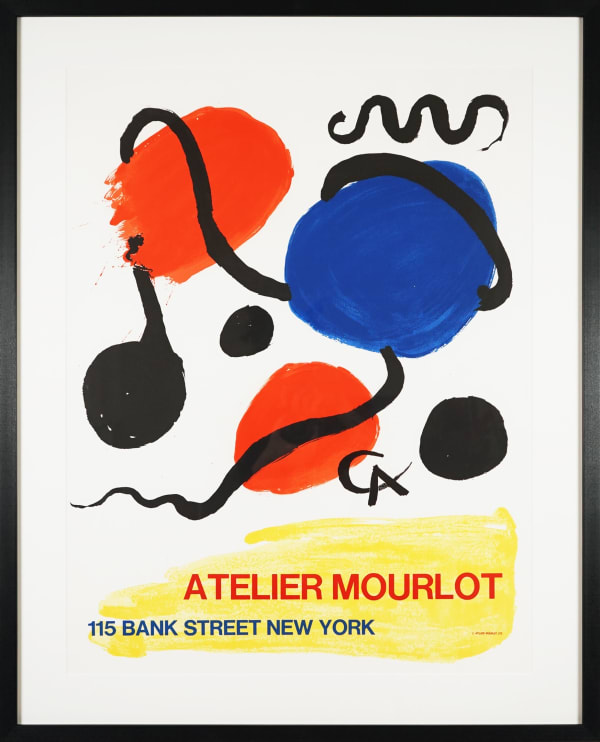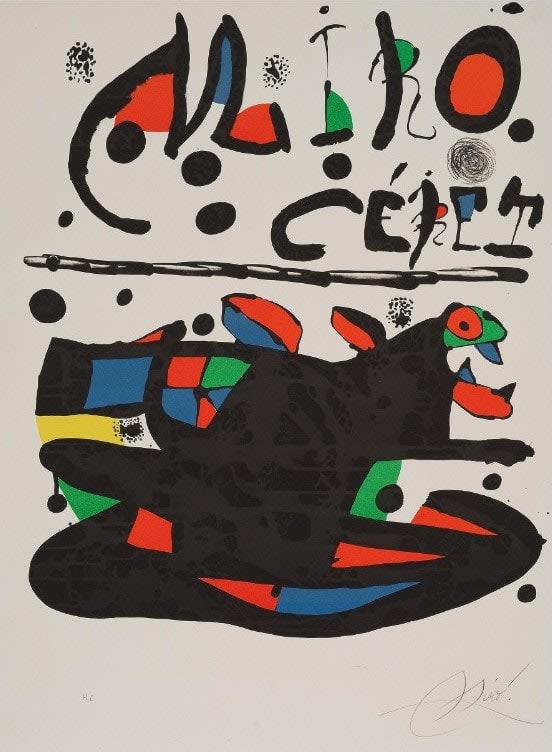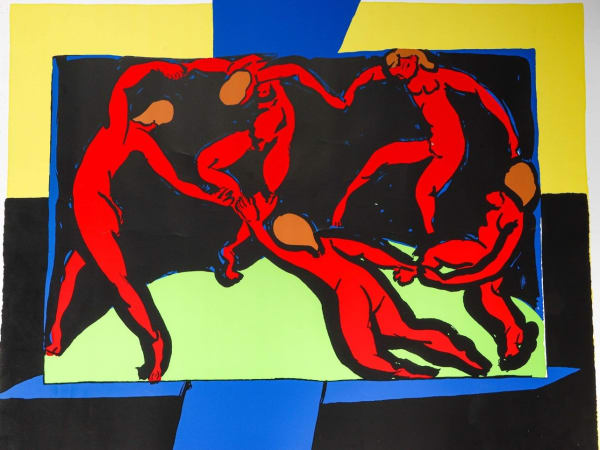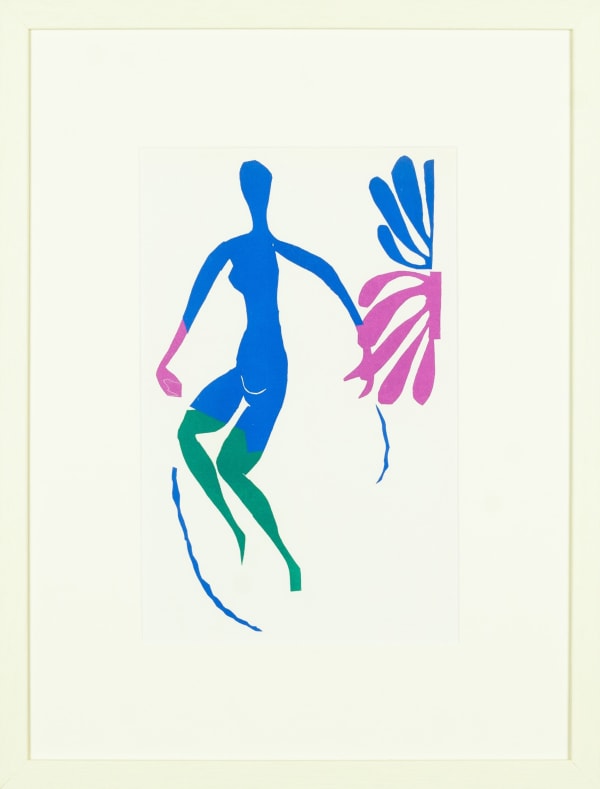-
Paule Vézelay: Living Lines is a long-overdue recognition of one of Britain's pioneering abstract artists.
25 January - 27 April 2025
Vézelay, born in Bristol in 1892 as Marjorie Watson-Williams, played a crucial role in the European avant-garde but has remained underappreciated compared to her contemporaries. Living Lines, curated by Simon Grant, is the first major retrospective of her work in over 40 years, showcasing more than sixty pieces spanning her seven-decade career, including paintings, prints, sculptures, textiles, and archival documents that have never been publicly exhibited before.
The exhibition highlights Vézelay’s early experiments with abstraction in the 1920s, predating British modernists such as Ben Nicholson and Barbara Hepworth. Her involvement in the Abstraction-Création movement in Paris, where she worked alongside artists like Wassily Kandinsky, Jean Arp, and Sophie Taeuber-Arp, is also explored. Her work is characterised by dynamic biomorphic forms, a theme that flourished after her break with surrealist André Masson.
Grant emphasises Vézelay’s experimental nature and the challenges she faced, including sexism and the disruption of her career by World War II. The exhibition aims to correct this historical oversight and solidify her place in British and European modernism.
With a range of works from both public and private collections, Living Lines offers a fresh perspective on Vézelay’s artistic legacy. Running until 27th of April, it provides a compelling opportunity to discover this overlooked master of abstraction.
-
Highlights from Paule Vézelay: Living Lines
-

Construction. Grey Lines on Pink Ground (1938), by Paule Vézelay at the RWA. Taken by Hidden Gallery.
-
Correspondence with Matisse, Miró and Giacometti
The exhibition also includes letters from renowned members of the Parisian coterie, including Henri Matisse, Joan Miró, Sophie Taeuber-Arp, the Kandinskys, Ernest Hemmingway and Alberto Giacometti. Presented alongside photographs, the archive reflects the esteem in which Vézelay was held by major figures of European modernism and provide a rare glimpse into the artistic exchanges of the period.
-
Feeling inspired? Browse our collection of modernist masterpieces below
-
-
 Alexander Calder, El Circulo de Piedra, 1971
Alexander Calder, El Circulo de Piedra, 1971 -
 Alexander Calder, Atelier Mourlot (115 Bank Street), 1967£ 1,850.00
Alexander Calder, Atelier Mourlot (115 Bank Street), 1967£ 1,850.00 -
 Joan Miro, Céret - Hand-signed by Miro, 1977
Joan Miro, Céret - Hand-signed by Miro, 1977 -
 Joan Miro, Untitled II from Lithographe IV, 1981£ 1,250.00
Joan Miro, Untitled II from Lithographe IV, 1981£ 1,250.00
-
Subscribe to receive our weekly newsletter.
Be the first to know about new artwork, exhibitions, events and offers.
* denotes required fields
Sign up now to get exclusive early access to new inventory before it hits our website. As a subscriber, you'll also receive advance notice about upcoming art fairs, events, and special offers. You can read our privacy policy here.

